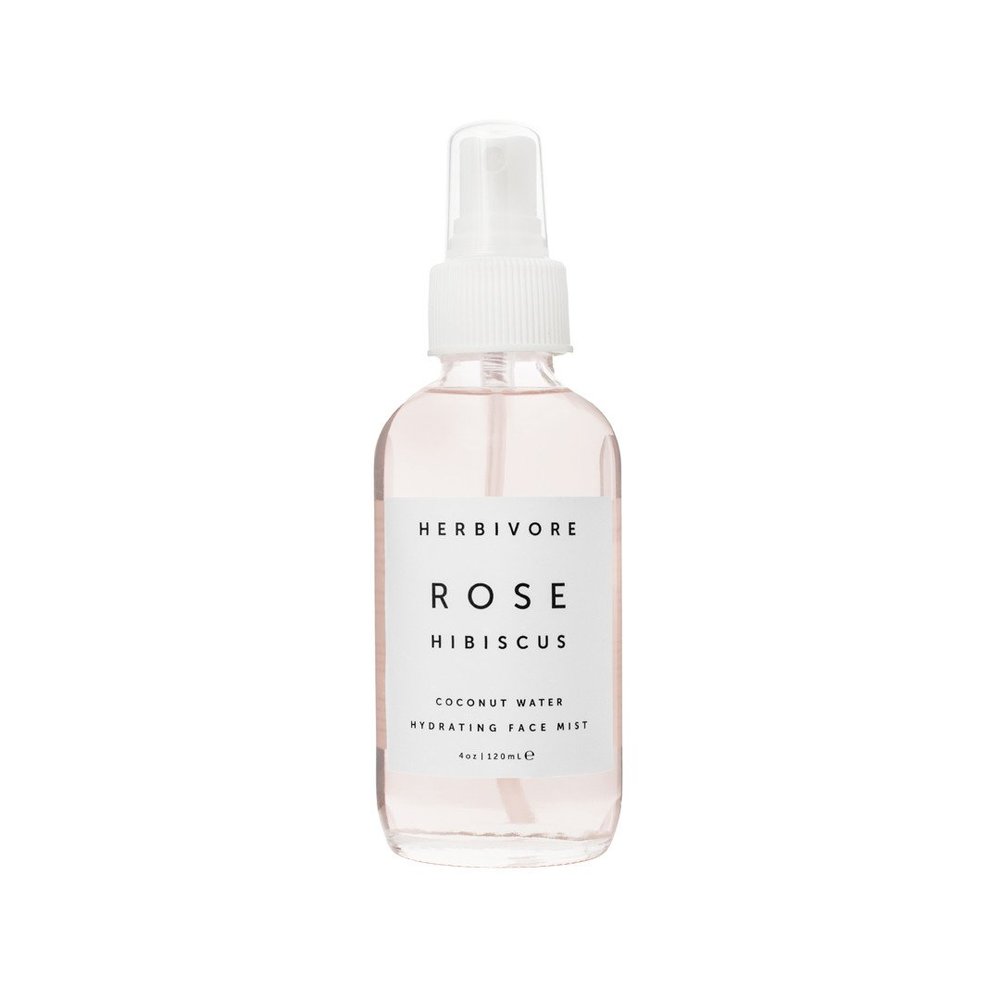Nourishing Bone Broth Recipe

Collagen has a ton of benefits that support multiple aspects of our health, including joint, gut and skin health. Incorporating collagen as part of your regular diet may help to replenish depleted collagen stores from frequent exposure to toxins, environmental pollutants, excessive sun, high sugar intake, and smoking (1).
Our ancestors ate a collagen-rich diet by consuming whole animal parts, including the skin, tendons, and ligaments of the animals they ate. Unfortunately, most modern diets have strayed pretty far from this way of eating and most of our diets are seriously lacking in good sources of collagen. Eating more collagen is good for us, but eating more animal parts is not exactly the most appealing concept. Thankfully, there are a few other ways to get more collagen in your diet without having to chew on a chicken bone!
Bone broth is made from slow cooking animal bones, tendons and ligaments with filtered water, vegetables, fresh herbs and other seasonings. This cooking method releases collagen and a ton of other key nutrients from the collagen-rich animal parts into a delicious broth. You can make bone broth with the pretty much any animal protein, but the more popular recipes use fish, beef and chicken. Each type of bone broth has it own set of benefits. Fish bone broth has the most bioavailable form of collagen. Beef bone broth is especially good for your skin and gut. Chicken bone broth is great for joint health.The important thing is making sure your bone broth comes from animals that are grass-fed, pasture raised, free-range, antibiotic and hormone/chemical free!
Bone broth is great on it's own (pour it in a mug and sip away), but can also be incorporated in your favorite recipes in place of water or stock. I love using bone broth as the liquid base to cook grains, beans, soups, stews, and meats. It's a great way to add nutrients and protein to any savory dish that requires wet cooking.
NOURISHING BONE BROTH RECIPE
Recipe from Epicurious
Yields: About 8 cups of broth
Cooking Time: 9 to 24 hours
INGREDIENTS
- 4 pounds beef bones (mix of marrow bones and bones with a little meat on them - oxtail, short ribs, or knuckle bones cut in half by your butcher are all good options)
- 2 medium unpeeled carrots, cut into 2-inch pieces
- 1 medium leek, end trimmed, cut into 2-inch pieces
- 1 medium onion, quartered
- 1 garlic head, halved crosswise
- 2 celery stalks, cut into 2-inch pieces
- 2 bay leaves
- 2 tablespoons black peppercorns
- 1 tablespoon cider vinegar
- Salt as needed
Special equipment:
- Large slow cooker
INSTRUCTIONS
- Preheat over to 450°F. Place beef bones, carrots, leek, onion, and garlic on a roasting pan or rimmed baking sheet and roast for 40 minutes, stirring halfway.
- Fill a large slow cooker with 12 cups of filtered water.
- Add celery, bay leaves, peppercorns, and vinegar to the pot of filtered water.
- Add the roasted bones and vegetables into the pot along with any juices.
- Add additional water as needed to cover bones and vegetables.
- Cook the bone broth on low for 8 - 24 hours (the longer the better).
- Let the bone broth cool slightly and strain the bones and vegetables.
- Refrigerate in airtight mason jars until fat is solidified on the top of the broth.
- When ready to use, scrape excess fat and warm the broth on low heat until it is liquid consistency.
- Add sea salt and fresh herbs to taste.
SPREAD LOVE TO THE COMMUNITY (IT'S THE BROOKLYN WAY)!
Tell us some of your favorite bone broth recipes. Share your tips and recipes in the comments below. Show us your greatness by tagging @allgreatnutrition or using our hashtag #beallgreat. We want to see how you are slaying your wellness!
AFFILIATE DISCLOSURE
This post may contain affiliate links, which means that All Great Nutrition may receive a percentage of a product or service you purchase using the links in the post. You will pay the same price for all products and services, but your purchase helps support our ongoing work to help others be healthy and happy. Thanks for your support!
REFERENCES
Katta, R., & Desai, S. P. (2014). Diet and Dermatology: The Role of Dietary Intervention in Skin Disease. The Journal of Clinical and Aesthetic Dermatology, 7(7), 46–51.
Asghar, A., & Henrickson, R. L. (1982). Chemical, biochemical, functional, and nutritional characteristics of collagen in food systems. S.l.: Academic Press.
Hoffman, J. R., Ratamess, N. A., Kang, J., Mangine, G., Faigenbaum, A. D., & Stout, J. R. (2006). Effect of Creatine and β-Alanine Supplementation on Performance and Endocrine Responses in Strength/Power Athletes. Medicine & Science in Sports & Exercise,38(Supplement). doi:10.1249/00005768-200605001-01454

Tamar Samuels, MS, RDN, BC-HWC
Thanks for checking us out! The All Great Nutrition Blog is your go-to source for expert nutrition and wellness info, tips and tools for feeling great. My mission is to create an online health community that supports you in feeling empowered, confident and positive about your health. Have fun exploring and contact us if you have any topics you want us to cover!





